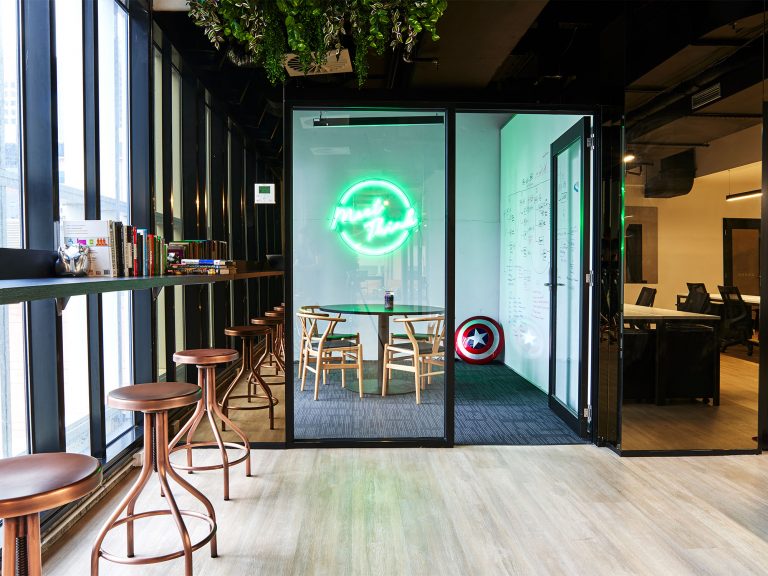Working from home: still the way of the future?

Telecommuting or working from home was destined to be the future of work, liberating millions of employees from their cubicles and workplace politics, while emptying vast tracts of CBD office space.
It was the kind of prediction to make investors wonder about the long-term outlook for Australia’s major office markets. But, to date, the digital economy has failed to dent tenant demand.
So what happened?
For one thing, telecommuting’s wave-of-the-future status hit a serious road bump last year when Yahoo CEO Marissa Mayer banned working from home, arguing her employees would be ‘‘more collaborative and innovative when they’re together”.
Despite the ubiquitous Wi-Fi networks, smartphones and computer tablets, it seems many in management still view working from home with suspicion.
It is difficult to determine how many people work over the internet from home. The Work + Life Centre at the University of South Australia found just 16% of employees worked from home on a regular basis.
That is quite different from the findings of the Australian Communications and Media Authority’s Home is where the work is, which estimates half of the adult population are ‘digital workers’. ACMA found 70% of university qualified workers were working from home at least one day a week, along with employees at 39% of small and medium sized enterprises.
For employers, research points to some serious benefits for those embracing the digital age, suggesting telecommuting may indeed be an idea whose time has come.
A study by Stanford University economists of a Chinese company that allowed staff to work from home found half of their 16,000 employees took it up. That led to a significant saving on expensive Shanghai office space, as a well as a 22% improvement in performance and a halving of staff turnover.
The authors insist that many of their findings would be replicated in western countries.
That belief appears to have been endorsed by The Institute for a Broadband Enabled Society at the University of Melbourne and Auckland University of Technology. In a major study commissioned by Cisco, IBES surveyed 1800 staff and 100 managers across Australia and New Zealand. They found flexible work arrangements improved productivity, work outcomes and absenteeism.
One of the authors, Dr Rachelle Bosua, says work patterns and places of work are changing dramatically due to the adoption of digital technologies.
“Our study confirms that flexible work is a way for managers to invest in the wellbeing of their workers, increasing productivity, job satisfaction, and retaining talented workers,” she says.
So what does this new, hybrid working pattern of working from home some days and from the office on others tell us about the emerging world of work and demand for office space in Australia?
For one thing, greater demand for work-life flexibility will mean office landscapes increasingly feature hot desks and open spaces for team collaboration. The days of rows of cubicles assigned to individuals are drawing to a close in many industries.
For another thing, businesses will need to invest in secure remote access and in-house technology as well as in a staff culture aligned with the emerging workplace model.
But there is little indication that demand for office space in prime city locations is set to dry up any time soon. Telecommuting can only be a good thing for staff in an age where workers face hour-plus commutes from the suburbs and it also looks set to change the way Australian offices look and function as well.







